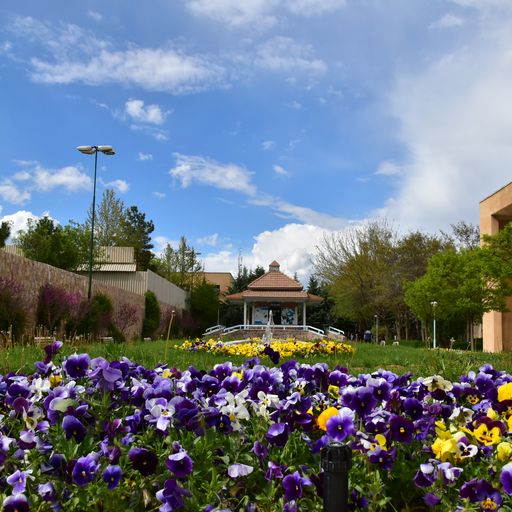
Kurdistan Province of Iran is unique not just for its rugged terrain rich with various landscapes, but for its culture as well. As a result of its elevation and mountains, Kurdistan province has many rivers, lakes, glaciers, and caves, which render it rather picturesque. Lost paradise of lake Zrebar in Marivan is a popular place to hike, but the natural beauty of Uraman Takht with homes built like steps along the mountain is indisputable. The limestone Karaftu Cave with its Greek inscriptions is another attraction of the province.
Kurdish heritage is rooted in one of the world’s oldest cultures. The earliest known evidence of a unified and distinct culture (and, possibly, ethnicity) of the inhabitants of the Kurdish mountains dates back to the Halaf culture of 5400 – 6000 B.C. The special Kurdish culture embraces some unique rituals, costumes, literature, music, language, and very rich arts that can be interesting for all people all around the world, and their resistance to this identity is highly appreciated. The traditional and local clothing of this region is among the most beautiful traditional clothes in the world so far as Kurd clothing has won several international prizes. The common handicrafts of this province include carpet weaving, wood carving backgammon, drugget weaving, textile, and local ornament making. Traditional Kurdish cuisine consists of a wide variety of foods such as traditional bread, Dolmas food, and Barbecue fish food.
Community celebrations fulfill multiple roles in Kurdish social life, of which perhaps the most important function is to reinforce community solidarity since they often encompass the entire village or neighborhood. For Kurds, the New Year (Nowruz) is the most important of all festivals which are celebrated in all parts of Kurdish regions on the first day of the vernal equinox. Other festivals organized by Kurds are the Pir Shalyar festival and the Komsai festival which are old traditional ceremonies in Kurdistan province.
some views of this virtual tour!